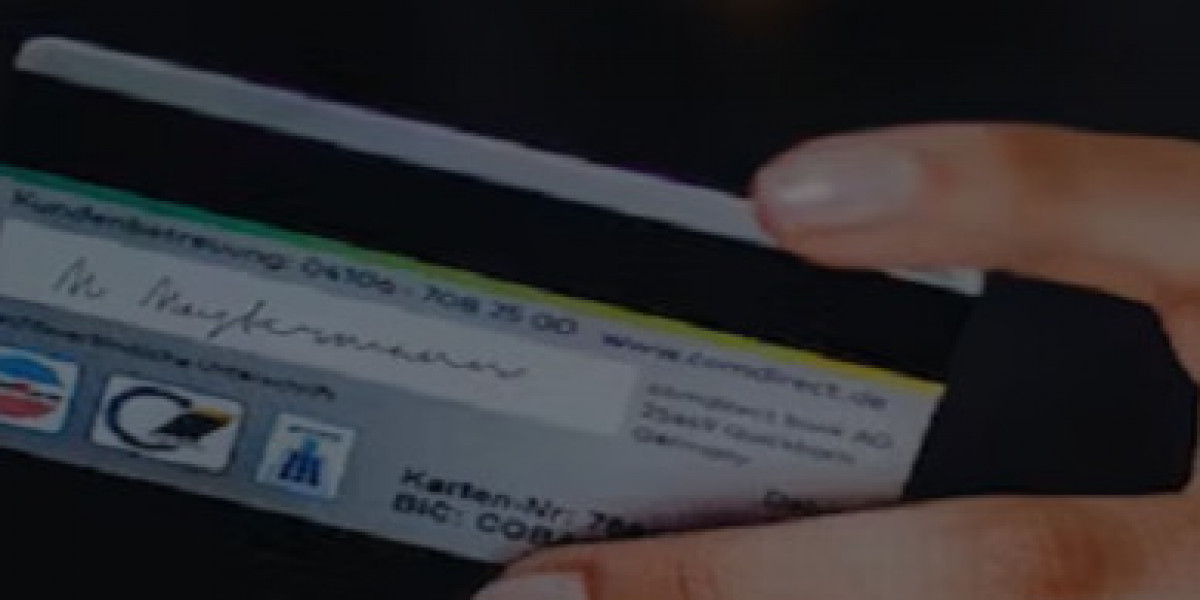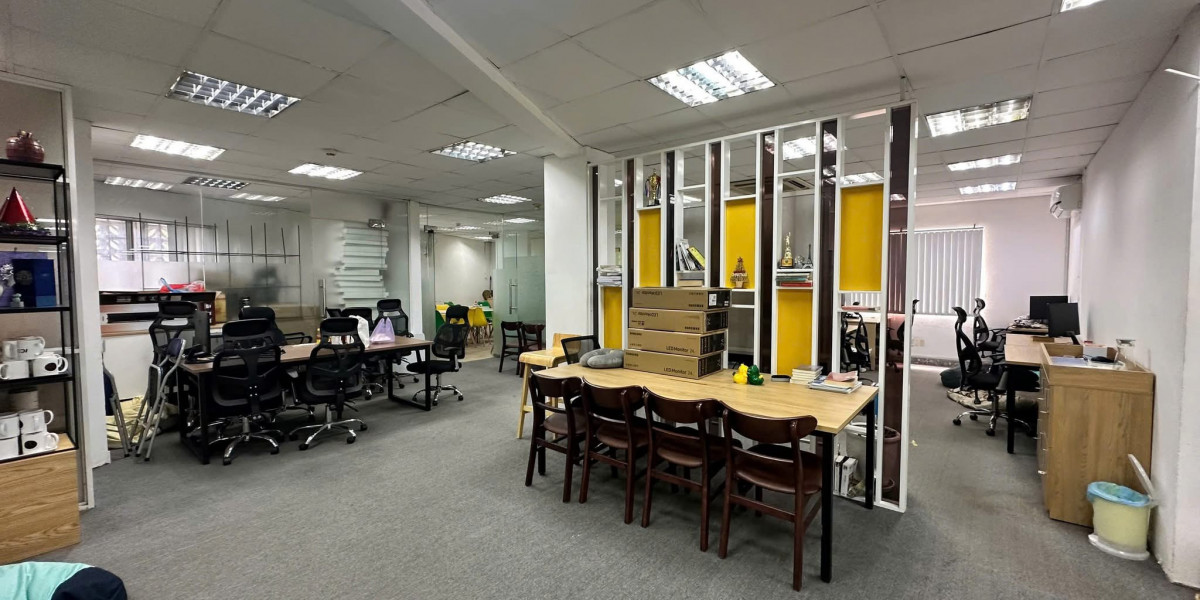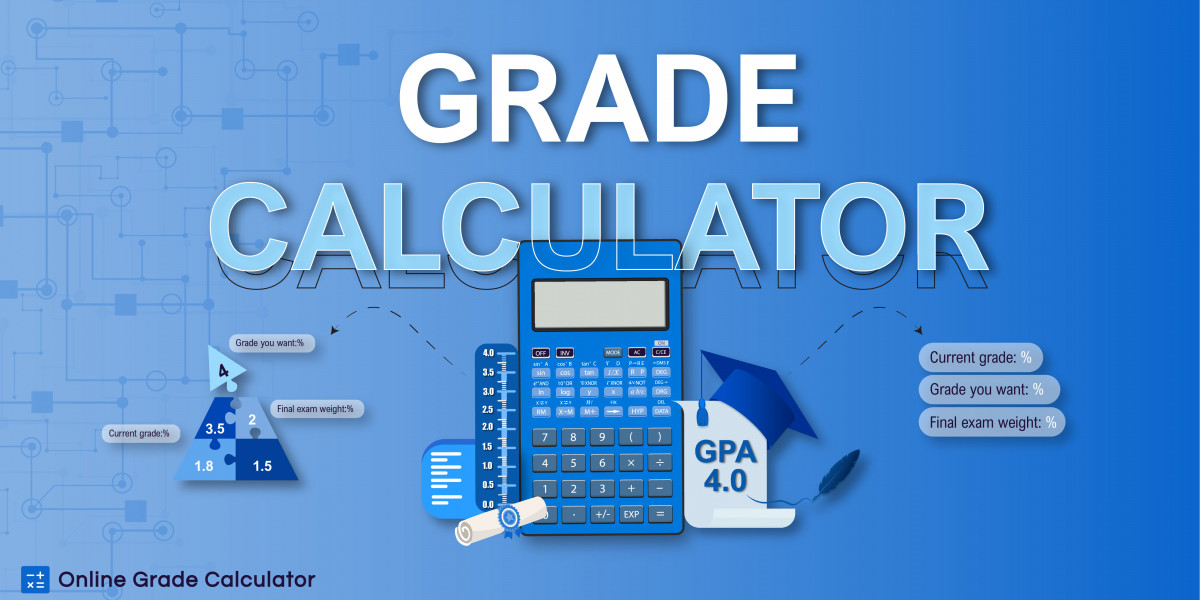The Luxury Vinyl Tiles (LVT) flooring market is entering an exciting new phase of transformation, fueled by cutting-edge technologies and bold design experimentation. Innovations in 3D printing, custom texture development, and modular flooring systems are not only reshaping how LVT is produced but also revolutionizing what consumers expect from modern flooring. In 2025, the conversation around LVT is no longer just about durability and affordability—it’s about precision, personalization, and design freedom.
This wave of innovation is enhancing the aesthetic and functional value of LVT, making it more appealing to architects, designers, and end-users across residential, commercial, and institutional sectors.
3D Printing Brings Unmatched Realism
3D printing is at the heart of the current LVT revolution. Unlike traditional surface printing methods, 3D printing allows for multi-layered visual depth and hyper-realistic textures that mimic the organic imperfections of wood, stone, and ceramic. With this technology, LVT products can now replicate natural materials with incredible fidelity—down to wood grain grooves, stone veining, and tile scoring.
The enhanced realism not only boosts visual appeal but also creates a tactile experience that feels just as authentic as it looks. Consumers can enjoy the warm look of hardwood or the sophistication of marble without the cost, weight, or maintenance challenges of the real thing.
Manufacturers are leveraging this capability to create exclusive collections and limited-edition styles, giving customers greater access to premium design at more accessible price points.
Custom Textures Tailored to Trends and Spaces
Another powerful innovation transforming the LVT market is the ability to craft custom textures that cater to specific design aesthetics or functional needs. Texturing technology now allows for subtle matte finishes, soft-touch surfaces, and even anti-slip coatings that blend into the tile design seamlessly.
This level of customization is particularly valuable in commercial spaces, where flooring must balance safety and design. For example, retail environments may choose LVT with a unique texture that enhances grip while still maintaining a high-end visual. In hospitality, soft-touch finishes add luxury underfoot without sacrificing durability or hygiene.
In residential spaces, buyers can now choose from a wider palette of finishes—whether they prefer a modern minimalist matte or a rustic hand-scraped wood look that adds character to the room.
Modular Innovation Offers Greater Flexibility and Efficiency
Traditional flooring often involves time-consuming, one-size-fits-all installations. But the latest modular innovations in LVT are changing that. Modular LVT systems now offer easy-to-install formats like click-lock tiles, peel-and-stick backs, and magnetic installations that reduce downtime and simplify renovations.
This modularity empowers users—both DIY enthusiasts and professionals—to design dynamic layouts, combine patterns, or replace individual tiles without removing an entire floor. It also encourages creative floor zoning, pattern mixing, and even wall or ceiling applications.
In commercial applications, modular systems provide an efficient way to update interiors frequently or customize designs for branding or event purposes. For office spaces and retail stores, this flexibility supports agile design thinking and rapid refresh cycles.
Design Freedom Meets Functionality
With 3D printing, custom textures, and modular systems working together, LVT is evolving into a design tool rather than just a building material. Interior designers are now using LVT to craft immersive environments that match branding, enhance user experience, and tell visual stories.
Homeowners are gaining more control over the final look of their spaces, able to match floors perfectly with their walls, cabinetry, and lighting. This democratization of design—powered by technology—is pushing the flooring industry toward a more creative and collaborative future.
Innovation as a Competitive Edge
In a crowded market, innovation is becoming a critical differentiator. Brands that invest in cutting-edge manufacturing techniques and customer-focused product development are standing out. They’re not only improving the quality and functionality of their offerings but also elevating the perception of LVT from a value option to a premium design feature.
As more manufacturers embrace these breakthroughs, we can expect to see even more hybrid solutions, including smart LVT with embedded tech for energy management, lighting integration, or sound control.
Final Thoughts: A New Era of LVT Has Arrived
The LVT flooring market is no longer defined by imitation—it’s now leading innovation. Thanks to advancements in 3D printing, custom texture engineering, and modular installation, LVT is setting new standards in design, flexibility, and performance.
These innovations are not only transforming the material itself but also expanding its role in how we experience and interact with interior spaces. As we move further into the decade, LVT’s potential as a smart, stylish, and personalized surface solution is only just beginning to unfold.
Read more https://www.pristinemarketinsights.com/luxury-vinyl-tiles-lvt-flooring-market-report








